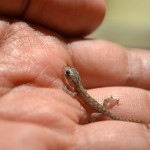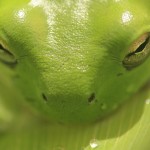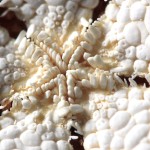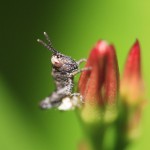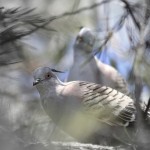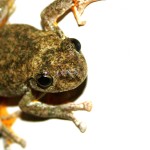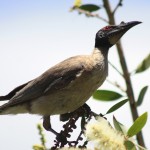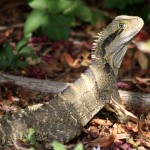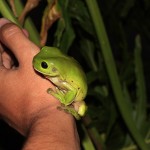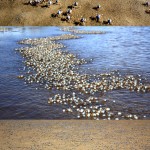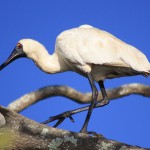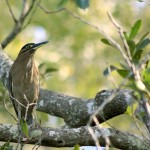



Cane Toad - Bufo marinus Bufonidae
 Download Full Resolution (1000x705) 194KB
Download Full Resolution (1000x705) 194KB
'Cane Toad - Bufo marinus Bufonidae'
Cane Toad - Bufo marinus Bufonidae
[Public Domain] 12 Feb 2005 Dylan O'Donnell
CATEGORY : Species
9,373 others viewed this post.
Cane toads naturally occur in the southern areas of the United States to South America. They were introduced to Australia in 1935 from Hawaii in an attempt to biologically control scarab beatles which were devastating sugar crops. Unfortunately, the ecologists of the time got it wrong, and the toads simply could not get high enough in order to feed on the beatles which continued to dessimate crops as the toads made the most of favorable breeding conditions.
In 2002, cane toad populations had extended as far as Kakadu in the Northern Territory and crept into NSW including an isolated population in Port Maquarie. At the time of writing this (2005) it is believed the cane toad has again extended its range even further than this, and occurances in NSW, such as the toad pictured here in Byron Bay, are becoming more widespread.
While somewhat benign, the cane toad does have the capacity to cause problems with Australian ecology and have been branded as pests. The toads toxicity can cause injury to humans and is responsible for the death of many animals, both domestic and native. Besides this, the toads have an appetite for native species and commerical honey bee’s as well as competing for food and habitat with skinks and insectivores.
Professor Richard Shrine recently observed that the Golden Tree Snake and the Black Snake, both naturally occuring species, appear to be undergoing a naturally selective process since the 70 years that toads have co-existed with them. The heads of these species appear to be getting smaller, which is an adaption to eating the toxic toads, since a smaller head means the snake cannot eat a larger toad and thus become poisoned. The darwinists can sleep soundly again, as evolution appears to be responding. I doubt whether this will cull the cane toads population by much, but that native species are adapting is a positive sign.
 Download Full Resolution (1000x705) 194KB
Download Full Resolution (1000x705) 194KB

















